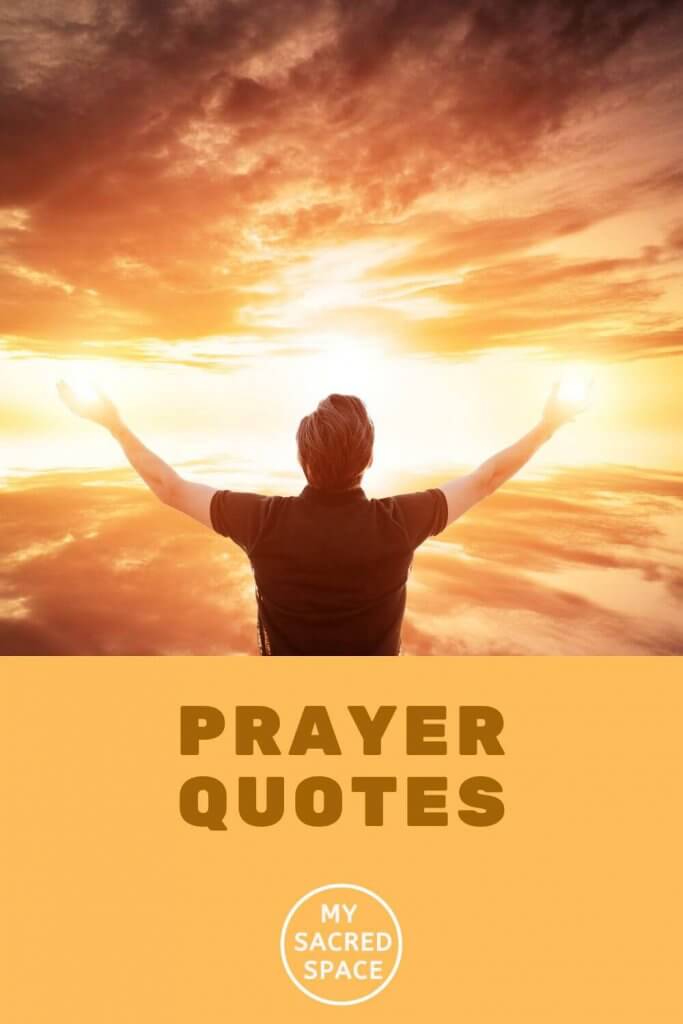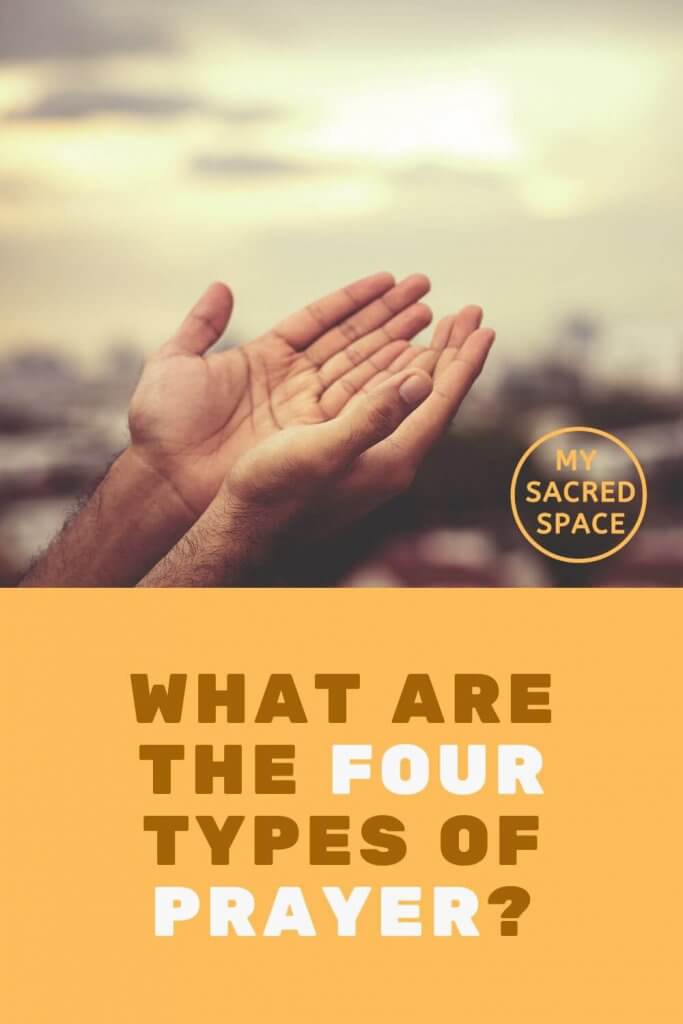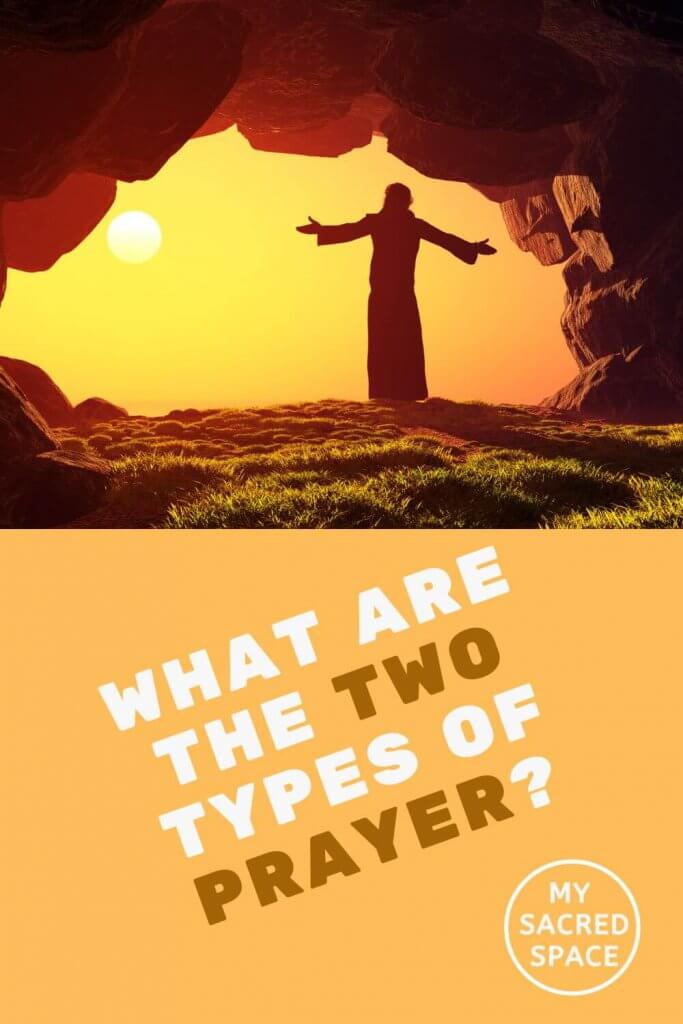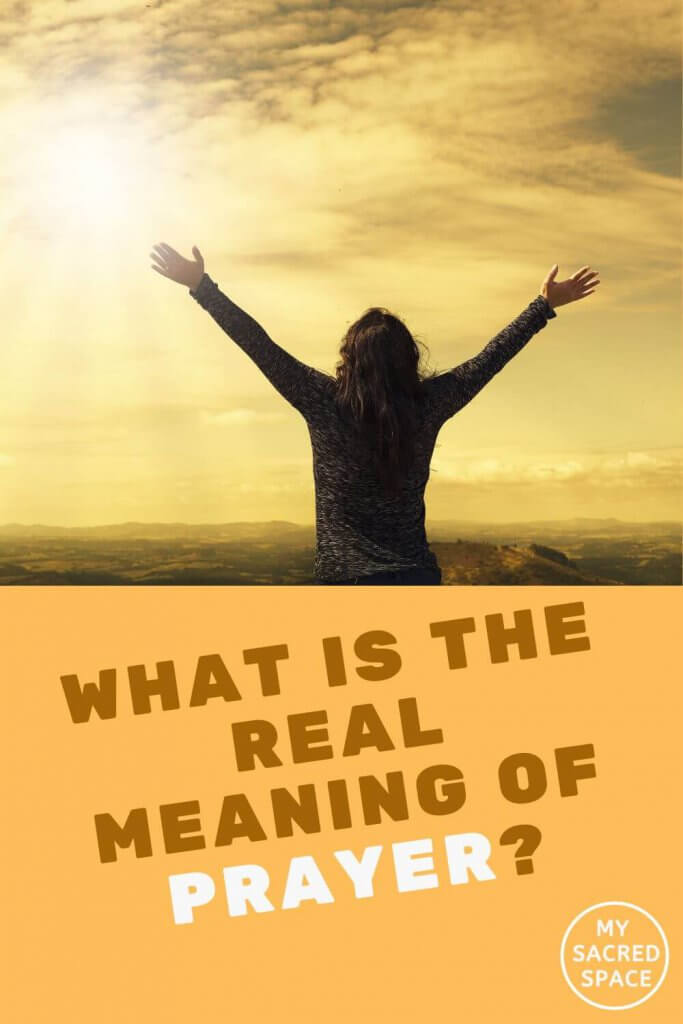There have been moments in my life when my medicine prayers poured from my heart, where I have felt a deep connection with the Divine. Those prayers were different than those memorized words that I prayed every night. That is why the secrets of prayers for me were and still are a vivid topic.
I checked several books to write this blog post, which I share the list below:
- Gregg Braden, The Isaiah Effect: Decoding the Lost Science of Prayer and Prophecy
- Timothy Keller, Prayer: Experiencing Awe and Intimacy with God
- Fr. Thomas Dubay, Fire Within
- Myles Munroe, Understanding the Purpose and Power of Prayer
- Ceisiwr Serith, The Big Book of Pagan Prayer and Ritual
- Paramahansa Yogananda, Metaphysical Meditations: Universal Prayers, Affirmations, and Visualizations
Join me in contemplating several questions, such as the meaning of the prayer, how to pray, what to pray, why to pray, and more.
Let’s start. Shall we?
What is prayer in simple words?
I am aware of the absurdness of this title. It is an impossible job to define what a prayer is. So in this blog post, I invite you on a journey to contemplate what prayer is, more than trying to have a straightforward definition of what prayer is in simple words.
That is why I will answer this question with some quotes from all the books I mentioned above.
Prayer quotes

“We can define prayer as a personal, communicative response to the knowledge of God.”
Timothy Keller, Prayer: Experiencing Awe and Intimacy with God
“Yet prayer can be even more than that. Many or perhaps most of our conversations are relatively superficial. Persons can exchange information without much self-disclosure. However, some conversations go deep, and we sense that both of us are revealing not just information but our very selves. The conversation then becomes a personal encounter, a true connection.”
Timothy Keller, Prayer: Experiencing Awe and Intimacy with God
“Prayer is, to us, as water is to the seed of a plant.”
Gregg Braden, The Isaiah Effect: Decoding the Lost Science of Prayer and Prophecy
“I am convinced that prayer is one of the most misunderstood arts of the human experience. Prayer is not just an activity, a ritual, or an obligation. Nor is it begging God to do what we want Him to do. Instead, it is communion and communication with God that touches His heart. When you understand the principles of the art of prayer, you will begin to communicate with God with power, grace, and confidence.”
Myles Munroe, Understanding the Purpose and Power of Prayer
“We will work at defining prayer, but there is a danger in doing that. A definition seeks to reduce things to the essence. George Herbert wants instead to move us in the opposite direction. He wants to explore the richness of prayer with all its infinities and immensities. He does so by overwhelming both our analytical and imaginative faculties.”
Timothy Keller, Prayer: Experiencing Awe and Intimacy with God
PRAYER
The Churches banquet, Angel’s age,
God’s breathe in man returning to his birth,
The soul, in paraphrase, heart in pilgrimage,
The Christian plummet sounding heaven and earth;
Engine against th’ Almightie, sinner’s tower,
Reversed thunder, Christ-side-piercing spear,
The six-days world-transposing in an hour,
A kind of tune which all things hear and fear;
Softness, and peace, and joy, and love, and bliss,
Exalted Manna, the gladness of the best,
Heaven in ordinary, man well drest,
The milkie way, the bird of Paradise,
Church-bells beyond the stars heard, the soul’s blood,
The land of spices, something understood.
George Herbert
“Prayer is awe, intimacy, struggle—yet the way to reality. There is nothing more important, harder, richer, or more life-altering. There is absolutely nothing so great as prayer.”
Timothy Keller, Prayer: Experiencing Awe and Intimacy with God
What are the four types of prayer?

As we have seen, the definition of prayer is not an easy job. So can we get help from the categorization efforts of what prayer kinds?
Let’s try with a friendly reminder of this journey we are walking together. My invitation to you is a joyful contemplation of prayer. With this in mind and heart, let’s continue and try to answer the four types of prayer.
Margaret Paloma, a sociology professor at the University of Akron, Ohio, identifies four classes of prayer, as Gregg Braden mentions in his book; The Isaiah Effect: Decoding the Lost Science of Prayer and Prophecy:
Colloquial Prayer
We speak to God in our own words, informally describing problems or giving thanks for the blessings in our lives: “Dear God, please, this one time, if you allow my car to get to the gas station at the next exit of the freeway, I promise that I will never let the gas tank of my car get this low again.”
Petitionary Prayer
In this type, we claim our good from the creative forces of our world for specific things or outcomes. Petitionary prayer may be formal or in our own words: “Mighty ‘I Am presence, I claim the right to heal.”
Ritualistic Prayer
Here we repeat a predetermined sequence of words, perhaps on special occasions or at prescribed times. Bedtime prayers such as “Now I lay me down to sleep” or the “God is great; God is good” of mealtimes are familiar examples.
Meditative Prayer
Meditative prayer is prayer beyond words. In meditation, we are silent, still, open, and aware of the presence of the creative forces within our world and our bodies. In our stillness, we allow creation to express itself through us at the moment.
To many people, practicing meditation is beyond the scope of prayer. But, in the strictest sense of the word, if the meditation involves a thought, a feeling, and an emotion, it may be defined as both meditation and prayer.
What are the two types of prayer?

Moreover, Fredrich Heiler, in his book A Study in the History and Psychology of Religion, mentions that there are two kinds of prayers, as explained by Timothy Keller in his book Prayer: Experiencing Awe and Intimacy with God:
“In Heiler’s view, the two kinds of prayer differ principally in their conception of God. Mystical prayer, he believed, emphasizes God as more inherent than transcendent. He is within us and all things.
The main way to connect to God is to go down into yourself and sense your continuity with the Divine.
For example, Orthodox theologian Anthony Bloom, in his famous book Beginning to Pray, says, “The Gospel tells us that the kingdom of God is within us first of all. . . If we cannot meet God within, in the very depth of ourselves, our chances of meeting Him outside ourselves are very remote. . . . So it is inward we must turn.”
Prophetic prayer, by contrast, emphasizes that God is outside us, transcendent above us, holy, glorious, and Other.”
What is prayer in Christianity, Islam, and Judaism? What prayer means in Bible, Qur’an, or Torah?
You can ask what prayer is in religions such as Christianity, Islam, and Judaism. I would say that in all these religions, as well as other paths, there is a tremendous focus on prayer.
For example, in Islam, people are invited to pray five times a day. Jews are supposed to pray three times a day; morning, afternoon, and evening. Moreover, for Christians, fixed prayer times are seven.
What is the real meaning of prayer?
So after our effort around defining prayer in simple words and categorizing it, I can hear you asking, ok, but what is the real meaning of prayer?
You are not alone in asking this question. Prayer is one of the best gifts we humans have and still is one of the hardest ones to explain.
Famous American novelist Flannery O’Connor asked this question, “Can’t anyone teach me how to pray?” in her book Prayer Journal. This book itself was a self-discovery journey of what was prayer means and how it works.
Timothy Keller gives us a meaningful reflection on Connor’s attempt in his book Prayer: Experiencing Awe and Intimacy with God.
“Connor learned that prayer is not simply the solitary exploration of your subjectivity. You are with Another, and he is unique. God is the only person from whom you can hide nothing. Before him, you will unavoidably come to see yourself in a new, unique light. Prayer, therefore, leads to self-knowledge that is impossible to achieve any other way.”
Moreover, Fr. Thomas Dubay, in his book Fire Within, gives us a point of view of St. John of the Cross and St. Teresa of Avila about prayer.
What he says is very interesting and crucial!
“Neither John nor Teresa is known for detailed discussions of meditative prayer. What may not be well known is that they did not only consider the subject; they also treated it as important, indeed indispensable, for most neophytes.
Nonetheless, they did not say much about the matter, and with good reason, since not much needs to be said. Some spiritual directors and writers make the tragic mistake of representing active methodologies and esoteric techniques as the total of what is to be explained and done in one’s communing with God.
For our two saints, meditation is only the introduction, the initiation into what should become a profound contemplative communion with the indwelling Trinity: we begin to pray humanly and slowly are led by the Lord Himself into a divine way.”
Fr. Thomas Dubay, Fire Within
Conclusion
So, my dear reader, the journey continues as always with patience and humbleness: we begin to pray humanly and slowly are divinely led by the Lord Himself!
If you are interested in the topic, do not forget to check other related articles:
Below is a Pinterest friendly photo…. so you can pin it to your Rituals Board!





